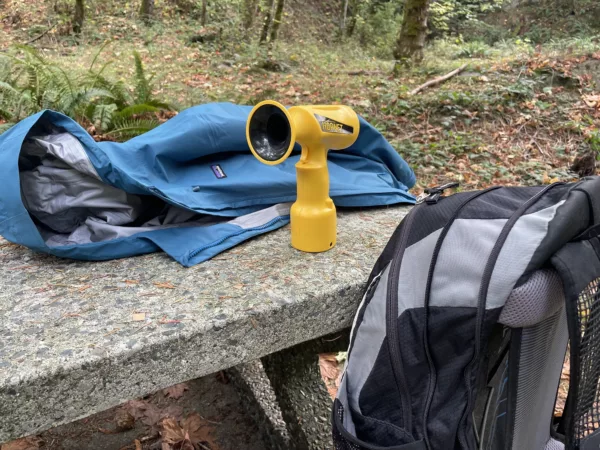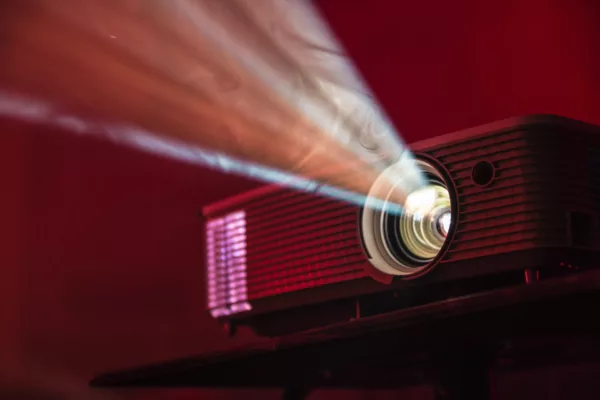Satellite Personal Locator Beacons-Which One Is Best For Your Needs?
Personal tracking beacons are becoming increasingly popular for those heading into the wilderness.
While some argue that tracker/rescue beacons may encourage riskier behaviour or are incongruous to the spirit of “unwiring” when heading into nature, there is no doubt that carrying a beacon can be a prudent decision when circumstances dictate. Additionally, the tracking features that come with most emergency beacons can be a fun way to share the journey with others, and to record your route for future reference.
Emergency satellite beacons have evolved beyond simple tracking devices to also allow text messaging, navigation and other features. Let’s take a look at the most popular options.
SPOT Gen3
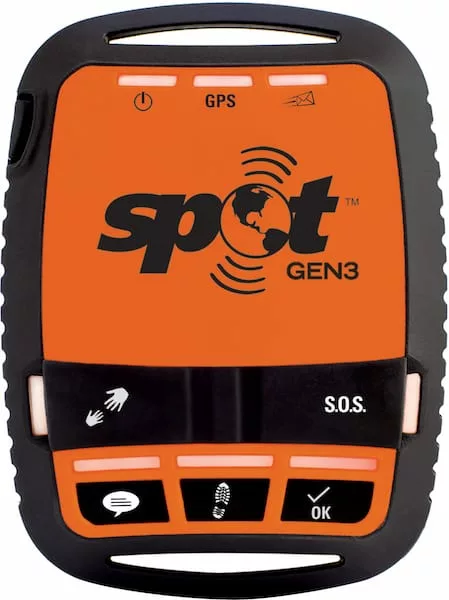
The SPOT Gen3 offers the most economical upfront costs for those requiring basic tracking and SOS alert. Like the old inkjet printers, where cartridge refills were almost the same price as the printer, it’s the annual subscription costs that erode your bank account. The Gen3 has a tracking feature and can summon help by alerting the GEOS International Emergency Response Center with the push of a button. We’ve used this SPOT for some of our own endeavours and found it to be a reliable device. Like all trackers, battery life depends on how much you use it, but if you’re tracking in 10-minute intervals, it’s about 17 days if you have clear open skies; less in clouds and forest. It’s super light, at only 114 grams. SPOT uses the Globalstar satellite network, which has less coverage than competing Iridium; however, for most applications it is sufficient.
The most common complaint with SPOT is with their customer service, not the actual product. Reviews for their products are clogged with concerns about their customer relations (and through my own experiences I have to agree). And be forewarned that the annual subscription automatically renews, so you must proactively cancel if you no longer require the service. The basic unit cost is $190 and annual subscriptions are $200 USD (or $20 USD per month based on a 12-month term). The subscription includes unlimited use of the tracking feature and SOS. findmespot.ca
SPOT X
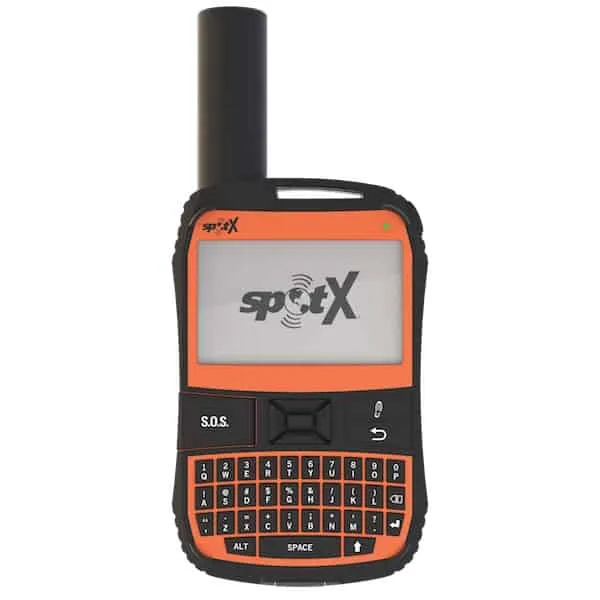
Brand new this year, the SPOT X (pictured left) has the same tracking and SOS fea-tures as the Gen3 with the bonus of being able to communicate using satellite text messaging and email. It has a Blackberry-esque Qwerty keyboard, and 140-character messages can be sent and received, or configured to update social media pages. Another feature the SPOT X offers is a basic navigation system, where it will direct you to waypoints. Its battery life is shorter compared to the Gen3, lasting about two-thirds as long—and it’s almost twice as heavy. The navigation system is rudimentary but is a good emergency backup if your phone or handheld GPS unit fails.
The unit is $350, and there are various plans available including month-by-month plans, which are a first for SPOT; a nice addition for those who don’t need the device year-round. The lowest-priced monthly option is $12 USD per month with a $20 USD activation fee or $143 USD annually, plus activation. This includes unlimited tracking, SOS and 20 messages and other features. Additional messages are 25 cents (USD) each. findmespot.ca
YB3 Tracker

This versatile tracking device is especially popular for yacht races, adventure races and other competitions. The standard model offers similar features to SPOT X, including the sending and receiving of text messages, but doesn’t have the navigation feature. Instead of utilizing a keyboard, messages are composed on an Android or iPhone and relayed to the YB3 Tracker via Bluetooth. This allows for a smaller, cleaner-looking unit, however, this does mean two electronic devices need to be carried and charged. A big advantage of this device is that it runs on the Iridium network, which has greater global coverage than Globalstar, and its battery life is comparable to the Spot Gen3. It is slightly larger and weighs 303 grams.
The cost of the unit is about $800. Subscription costs are $18/month, and additional data credits are required. Data credits are about $10 for a bundle of 50. Each credit allows for one transmission, which is either a tracking update or a 50-character message sent or received. This means a day of tracking, with the device set to transmit every hour, along with a couple of messages sent and received, would cost about $5. (YB3 lists its prices online in British pounds.) ybtracking.com
Garmin InReach Mini
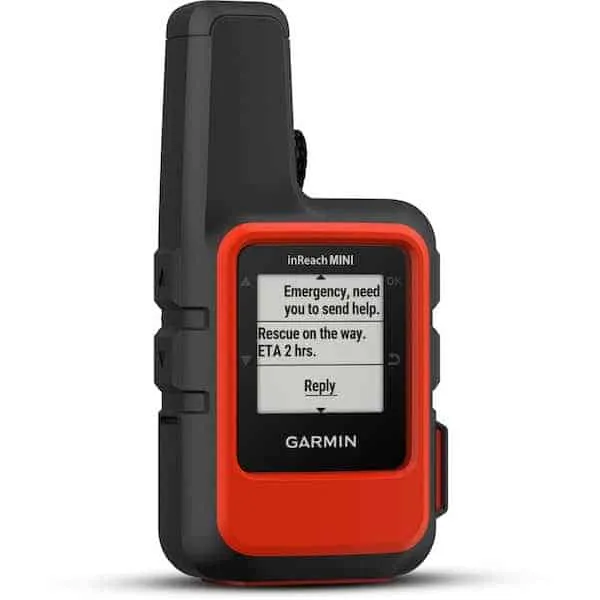
This is another device rolled out in 2018 and offers everything SPOT X provides and a bit more. Messages can be composed on an Android or Apple device and communicated to the unit using Bluetooth, or the device can be used as a standalone communicator with messages typed on an onscreen keyboard. Additional features beyond SOS, tracking, navigation and text messaging include optional daily weather forecasts and access to Garmin’s extensive map and Earth imagery database. Plus, their text messages allow for 160 characters. The InReach uses Iridium’s extensive satellite network and it weighs only 100 grams, almost half that of SPOT X. The downside is the battery life—it’s only a fraction of what the other models offer, lasting just two days when transmitting at 10-minute intervals.
The device costs $450 and there are various annual and monthly plans available. The cheapest monthly plan which includes text messaging and unlimited tracking is $44.95 (one month minimum) with a $29.95 annual fee or you could opt for an annual plan at $180 plus a $25 activation fee. This includes 40 text messages and unlimi-ted tracking messages. It’s 75 cents for each additional text message after that. explore.garmin.com
The Verdict
Choosing a tracker really depends on what you want to use it for. For those that just require basic tracking and SOS services, the SPOT Gen3 has the lowest upfront costs and is a reliable field-tested device, but with a subscription cost that’s higher than their SPOT X model (the five-year cost for device and annual fees is actually lower for both the InReach and SPOT X with basic annual plans compared to the basic SPOT Gen3). YB3 will continue to be popular with yachters and organized races, but for most adventurers looking for a two-way communication tracking device, the choice will come down to the SPOT X and Garmin InReach Mini.
The Garmin InReach Mini is ideal for those who need to keep weight as low as possible, require complete satellite coverage and will benefit from additional features like weather forecasts, access to Garmin’s detailed maps and even pairing with Garmin watches, which act as a mini-display for the tracker and can be used to send text messages.
Where SPOT X prevails is with its battery life, which lasts about four times longer, and the easy-to-use keyboard (especially superior when hands are wet and cold).
Comparing subscriptions can be almost as confusing as choosing a cellular plan—delve into the details and find one that works best for you.
Keep Reading:
<div class="articleLink">
<div class="articleImage"><a href="How-to-Achieve-the-Extraordinary-Even-If-Youre-Ordinary" class="imageBox" style="background-image: url('https://explore-mag.com/wp-content/uploads/2024/02/160492_max-jpg.webp');"> </a></div>
<a href="How-to-Achieve-the-Extraordinary-Even-If-Youre-Ordinary" class="articleLinkTitle">How to Achieve the Extraordinary (Even If You're Ordinary)</a><br>
<div class="articleLinkText">Play to your strengths: Step-by-step instructions on achieving the extraordinary (even if you’re ordinary).









